For the past few weeks, Coached has teamed up with the Under Armour Run Crew and Power 98 FM on a 16-week training programme for the Standard Chartered Singapore Marathon, which will be taking place on 3 December this year.
Coached is a heart rate based training programme founded and led by Kiwi Ben Pulham, aged 36.
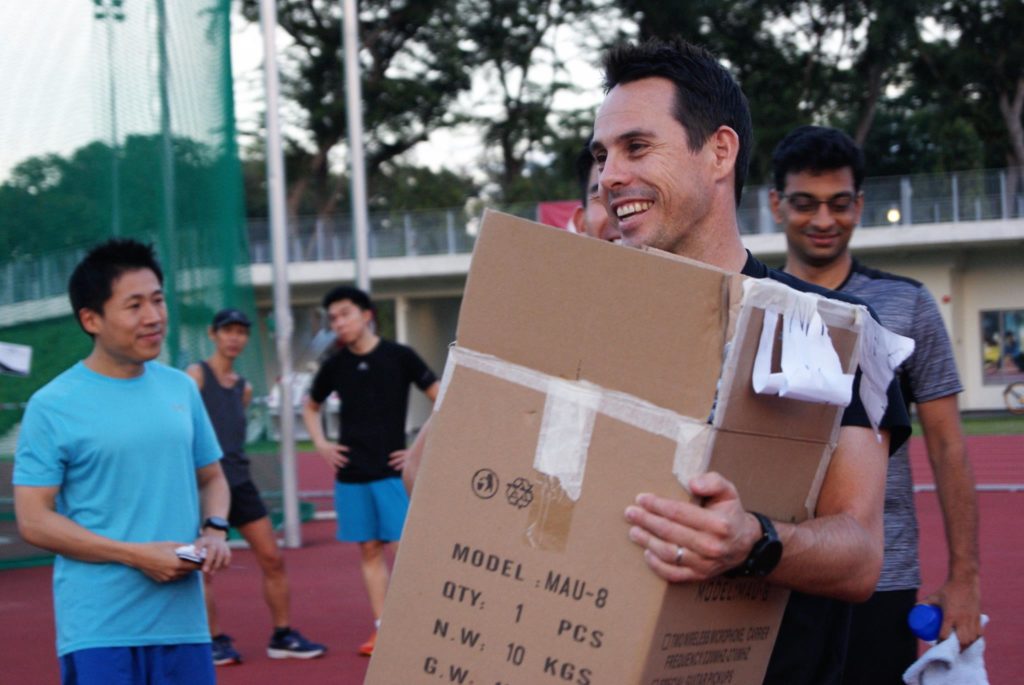
And as of now, there are only about six weeks to go till marathon race day, so this means that we are already more than halfway into the training plan.
Last Thursday at the Kallang Practice Track, Coached taught us how to run on tired legs.
What we did at training
Bringing some higher intensity into training for the first time, the most recent session had us do two easy laps of the 400m running track to warm up, before going into three easy laps where we were required to do 10 squats every 200m.
After that, we headed to the side of the track where we were tasked with doing repetitions of static squats as well as bounce squats, in order to make the legs feel more exhausted. This lasted for roughly about 10 – 15 minutes of the session.
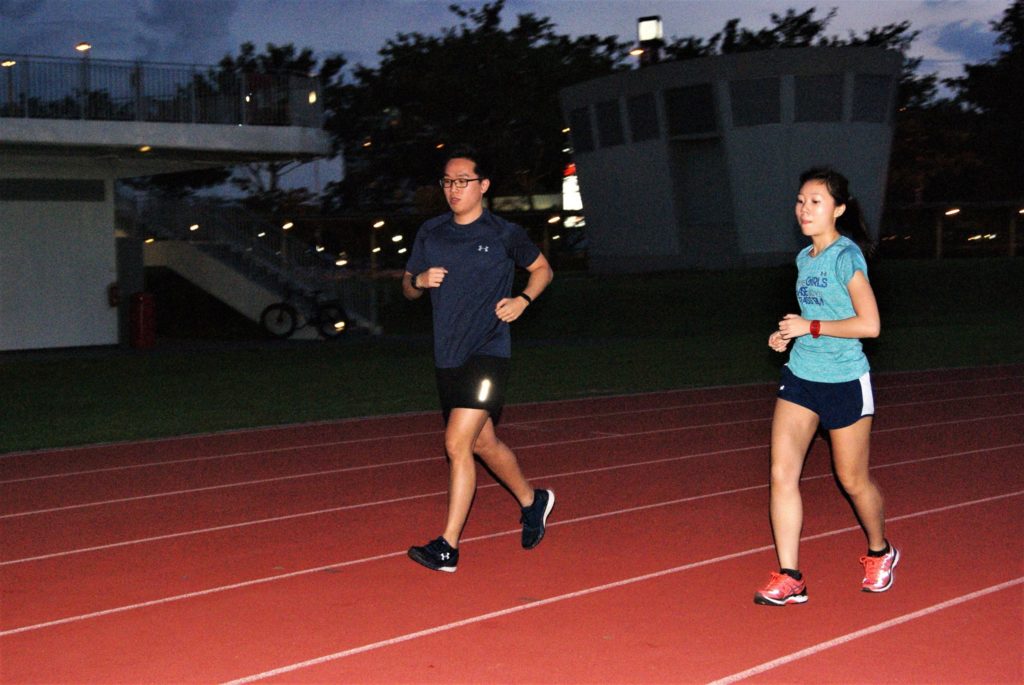
Once this was done, we were required to run at race effort (moderately hard pace) for the final 20 minutes of the workout. This was the hardest part of the workout, as my legs were already feeling exhausted by the time I had started the run.
And then we finally did an easy cool down lap to get the heart rate back down, before ending the session.
Running fast on heavy legs
Said Coach Ben, “This session teaches you to run relatively fast on heavy legs. This is a much lower-risk way of doing that, rather than going out and running for 1 1/2 hours at the same effort. It is also a much more time efficient way when you have a job and family and a social life, and all the ‘nonsense’ that everyone puts up with on a daily basis.”
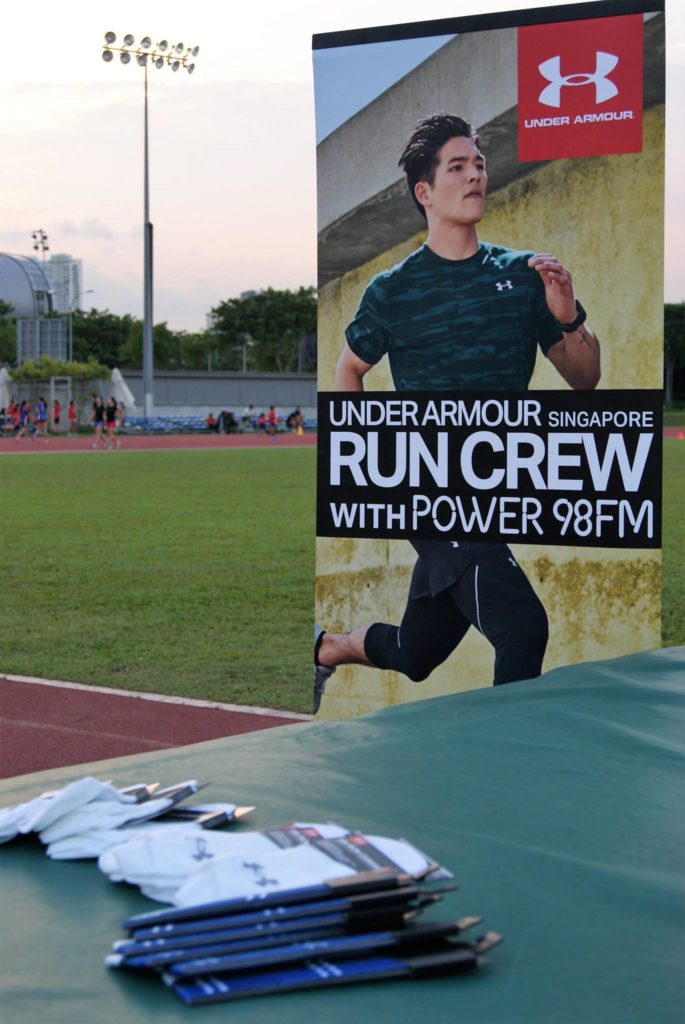
He added, “Today’s session is also the first bit of intensity that I have put into the session and as race day is getting closer, the upcoming training sessions should be more solid. We will continue to focus on strength for the time being, but as race day draws even nearer, we will begin to focus on the higher intensity stuff. But that said, when I tell you to run easy, you need to run easy and when I say to run steady, you have to do that too. That is still the basis of training. The hard stuff is only the icing on the cake; it is useless without building the base. We have done a lot of base sessions up to this point and we will continue to run in our base zones (easy and steady) with bursts of hard effort in between, all the way to race day.”
Watch your running form
Ben also explained that during harder training sessions like this one, it becomes more vital for runners to watch their form because having poor form during training will mean sloppy form on race day as well when the body gets tired.
He said, “When you get tired, you start to drop your chin and sit back on your hips. Today that was not surprising considering what we did before the start of the run when we smashed the legs and that made it a lot harder to stabilise your body. But then again, that is the same as racing; when you push yourself and the body breaks down, you feel fatigue and so your form naturally gets sloppy.”
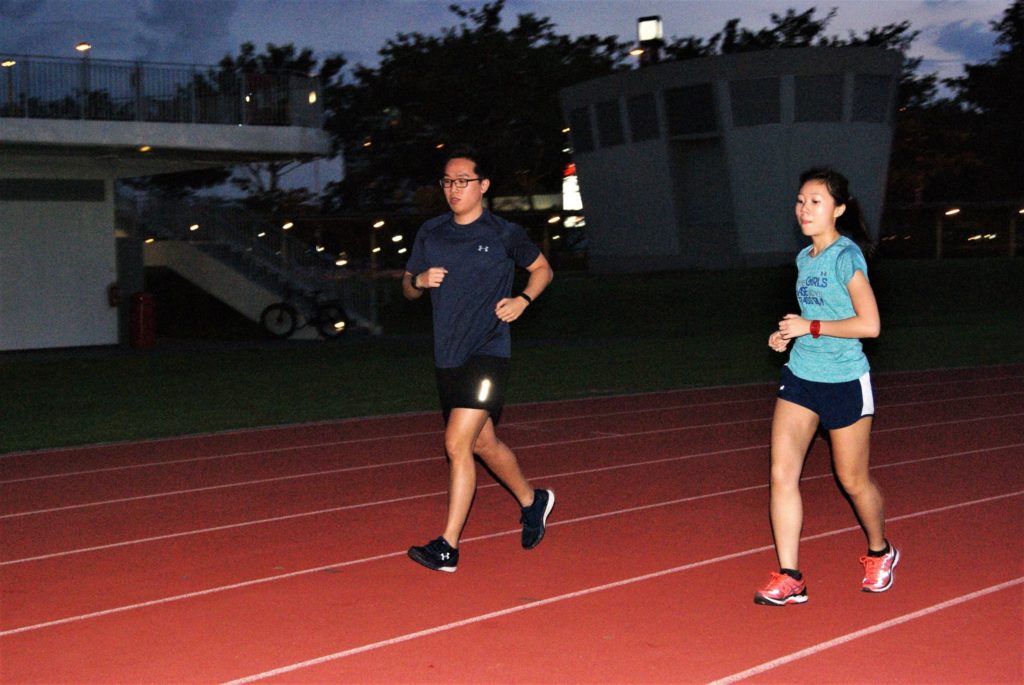
Continued Ben, “So this means that you can either let your form get sloppy or you can mentally think about what your form is doing and slow the rate that it deteriorates. Sessions like today’s also help you to stay switched on about that, and make you concentrate on what your chin and arms are doing. This means that you will then be more aware of your form on race day, as well.”
Have adequate recovery after training
As well, Ben also stressed that adequate recovery from training, especially getting enough sleep, is very important, especially when it comes to the harder sets.
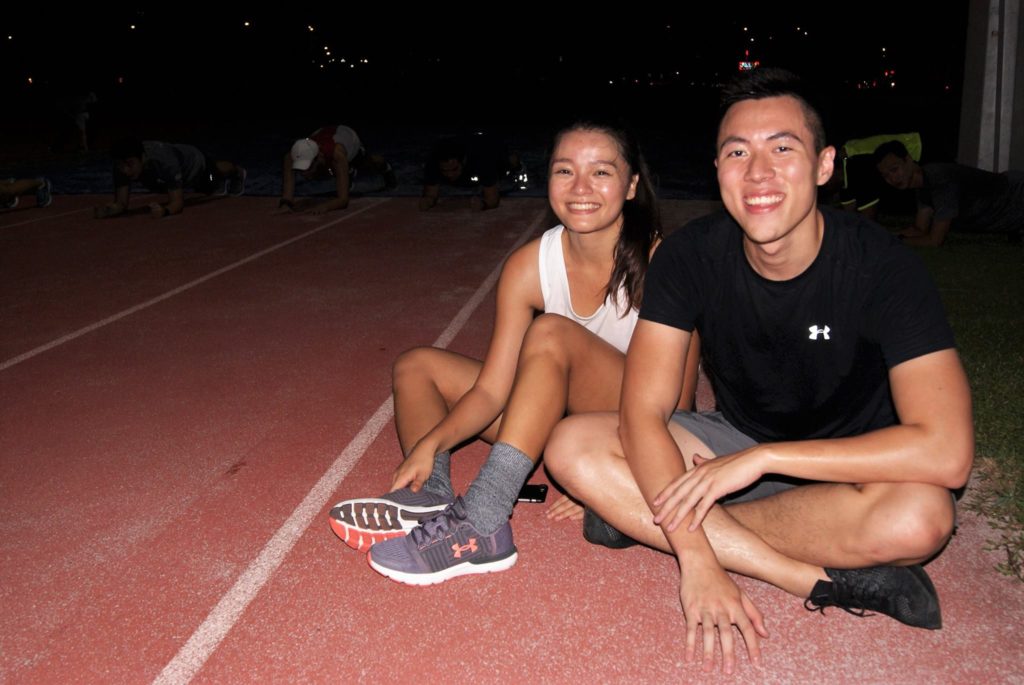
This means that runners should not try and fit too many hard sessions in, into a week, as their bodies will not be able to absorb the training and recover well from it, thus leading to injuries.
He said, “The work in training has been done; now the recovery and improvement in your running will happen when you are asleep or when you lie on the couch watching TV. You should also have a nourishing meal and eat plenty of vegetables to stimulate recovery.”
Photos are from Facebook/Under Armour.

Leave a Comment